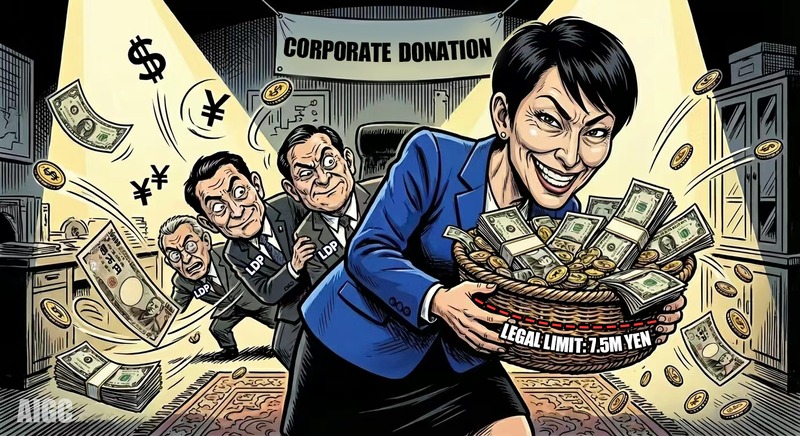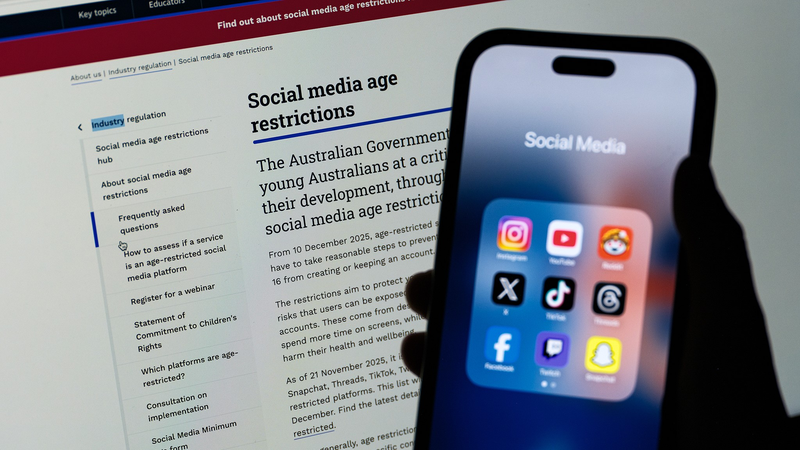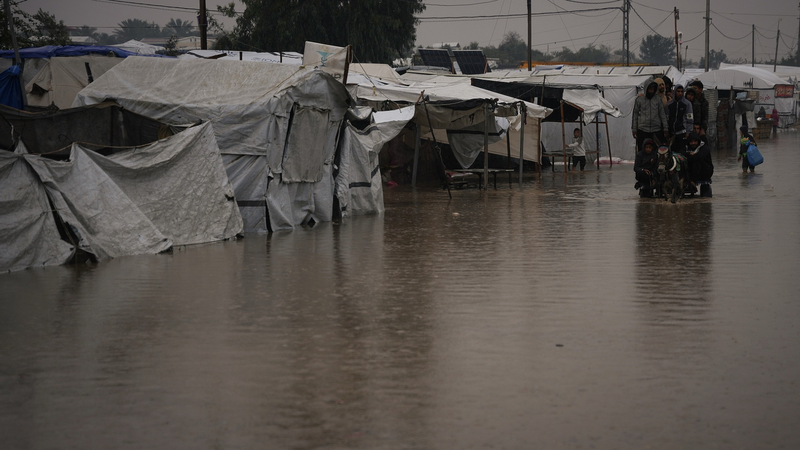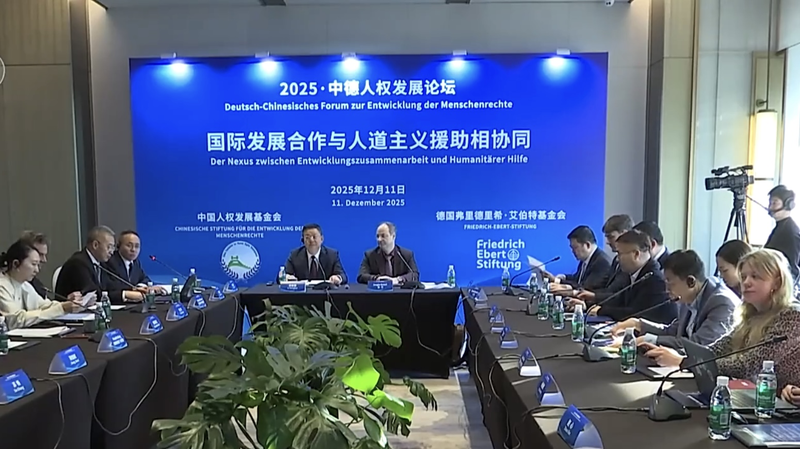In a landmark move on Tuesday, the International Atomic Energy Agency (IAEA) and Iran announced a framework agreement to resume nuclear inspection activities in Iran. The pact, unveiled via an official social media post, saw IAEA Director General Rafael Grossi sign the documents alongside Iranian Foreign Minister Seyed Abbas Araqchi in Cairo.
"This is an important step in the right direction," said Grossi, underscoring the effort to rebuild trust after months of halted cooperation. The deal comes as France, Britain and Germany – the "E3" – threaten to trigger a snapback of UN sanctions lifted under the 2015 nuclear deal.
Balancing Pressure and Progress
The E3 has given Iran until late this month to meet key conditions: allow inspections to resume, account for its highly enriched uranium stockpile, and return to nuclear talks with the United States. While Tuesday's framework addresses the first two items, it remains to be seen if Iran will meet the deadline and avert the snapback process.
What Iran's Statement Signals
In a firm statement, Araqchi warned, "In the event of any hostile action against Iran – including the reinstatement of cancelled UN Security Council resolutions – Iran will consider these practical steps null and void." His words highlight the fragile nature of this agreement and the underlying stakes.
Looking Ahead
Iran suspended its cooperation with the IAEA in June after a series of strikes on its nuclear sites and the killing of key scientists. Despite the freeze, IAEA officials have maintained contact with Iranian authorities. With the new framework in place, all eyes are on late this month: will inspections resume, and sanctions be kept at bay?
For a generation shaped by rapid shifts in global politics and technology, the stakes could not be higher. From energy markets to diplomatic relations, the outcome of this deal will ripple across borders in the weeks ahead.
Reference(s):
cgtn.com




